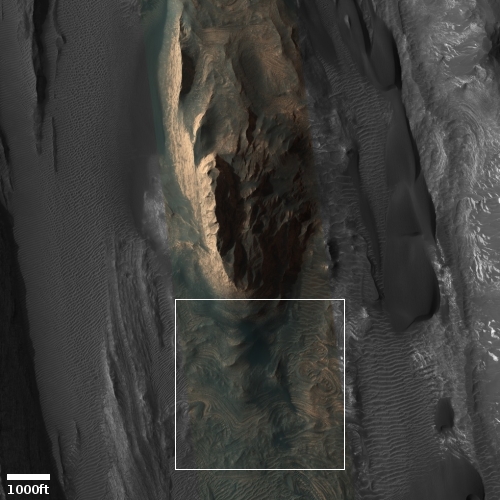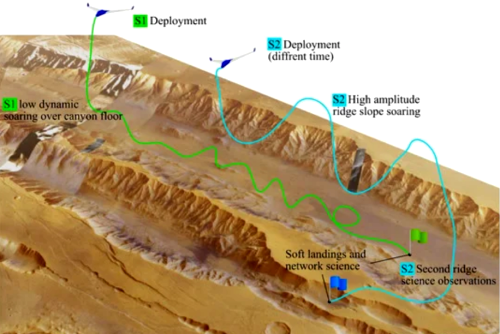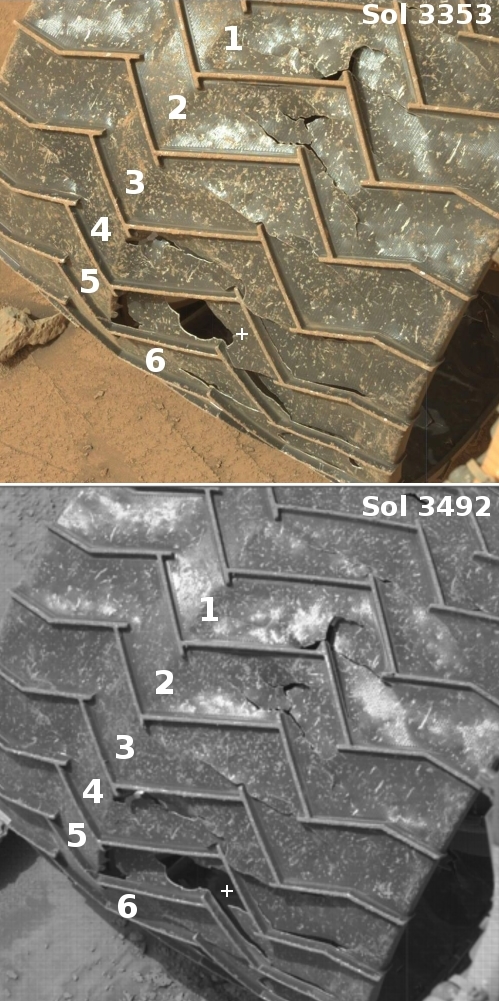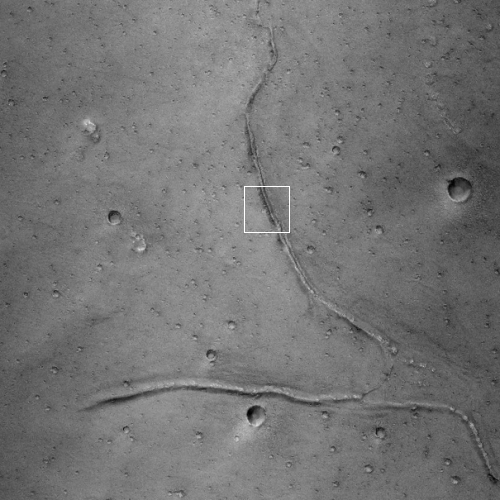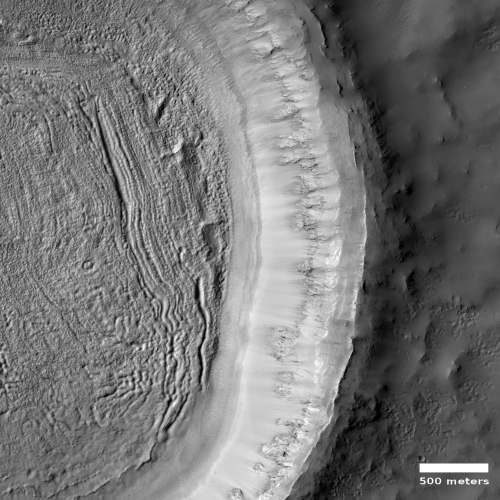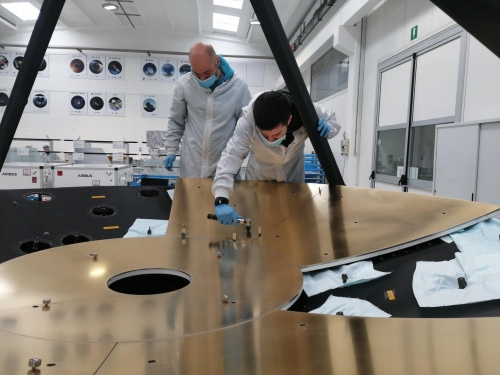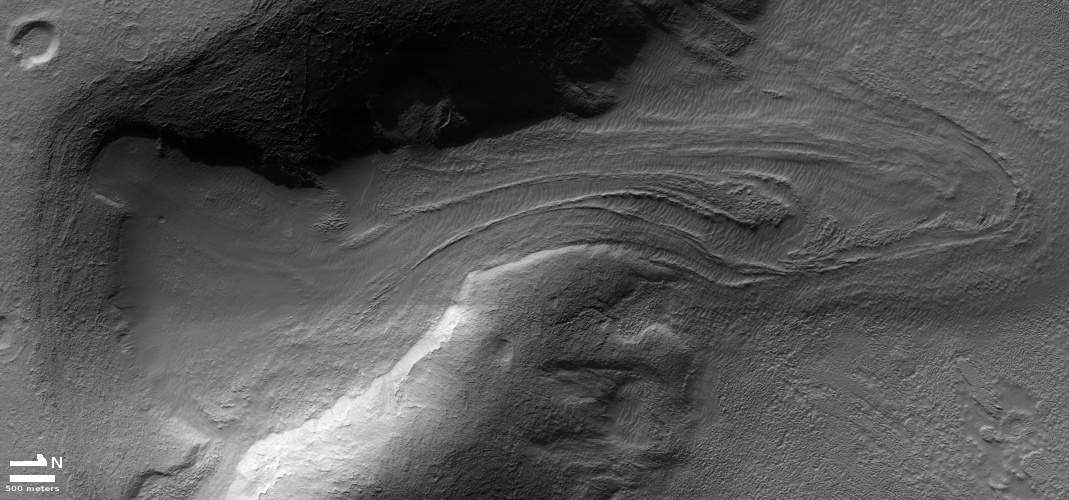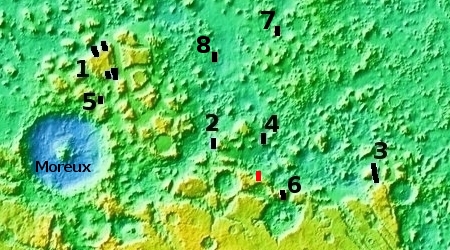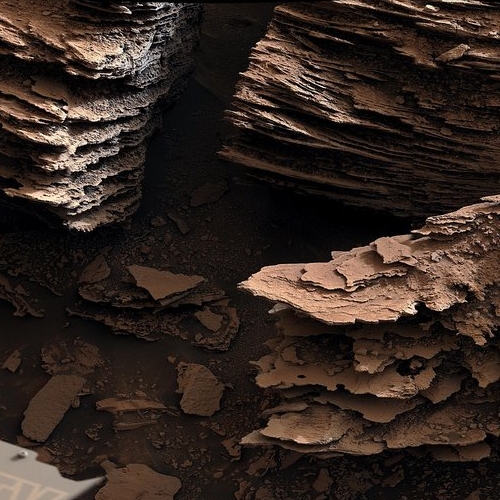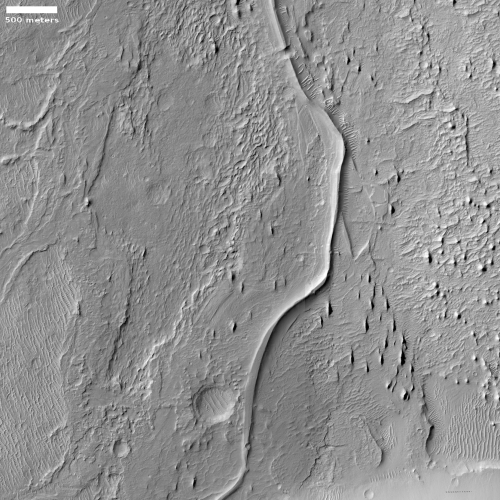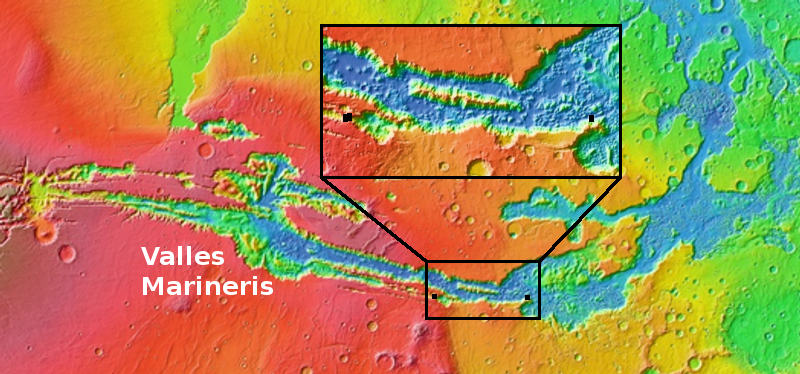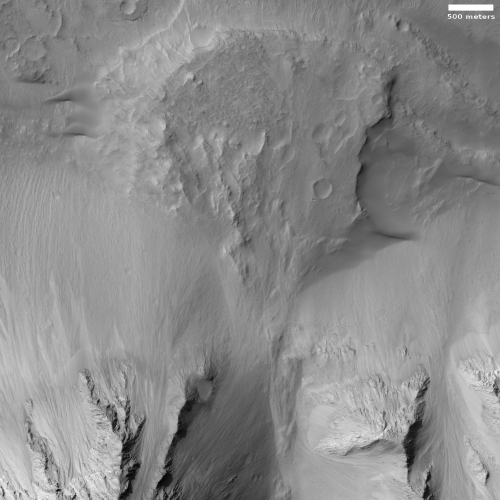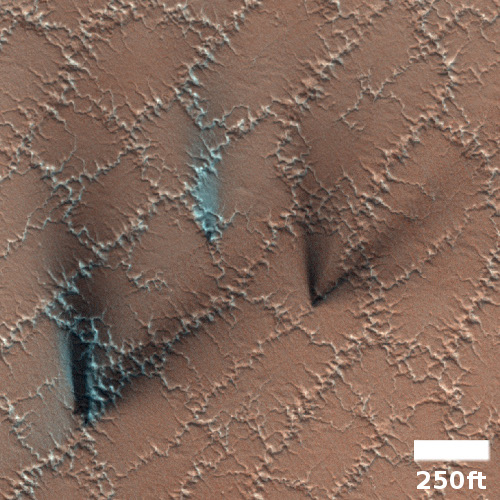Having regained communications with CAPSTONE, engineers prepare for first mid-course burn
Engineers are now preparing CAPSTONE for its first first mid-course engine burn, slightly late due to a loss of communications during the past two days.
The spacecraft is in good health and functioning properly.
The CAPSTONE team is still actively working to fully establish the root cause of the issue. Ground-based testing suggests the issue was triggered during commissioning activities of the communications system. The team will continue to evaluate the data leading up to the communications issue and monitor CAPSTONE’s status.
If all goes well, that engine burn will occur as early as 11:30 am (Eastern) on July 7th.
Engineers are now preparing CAPSTONE for its first first mid-course engine burn, slightly late due to a loss of communications during the past two days.
The spacecraft is in good health and functioning properly.
The CAPSTONE team is still actively working to fully establish the root cause of the issue. Ground-based testing suggests the issue was triggered during commissioning activities of the communications system. The team will continue to evaluate the data leading up to the communications issue and monitor CAPSTONE’s status.
If all goes well, that engine burn will occur as early as 11:30 am (Eastern) on July 7th.

